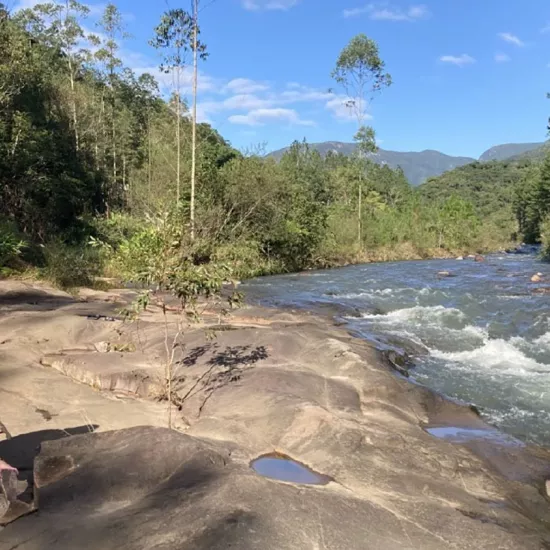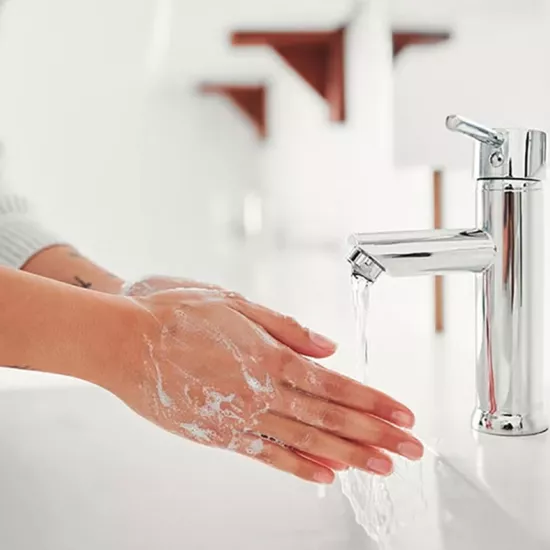COVID-19 crisis offers new opportunities for health data collection

What role could data play in containing future pandemics? U of T Mississauga biotechnology expert Jayson Parker looks ahead, with predictions about how everyday technology could give us a wider and more realistic picture of global health.
Parker is an associate director of UTM’s Master of Biotechnology program and associate professor of biology, teaching stream. His ongoing research is focused on how data collected from personal devices can influence individual health choices; however, the former biotech investment analyst is also interested in the potential for large-scale data sets to influence the health of nations.
“Big data has long been a part of national security and counter terrorism, but we have been waiting a long time for big data to make its appearance in health care,” says Parker, adding that the COVID-19 crisis will spur an influx of private sector investment into new data collection initiatives.
“We are going to see a breadth of new start-ups in the private sector to provide support and technology for pandemic detection.”
Early in the outbreak, data analysts created heat maps to track confirmed cases and deaths related to the novel coronavirus. But that information relies on data from medically administered COVD-19 tests and doesn’t include those who may have had the virus but were not tested.
“We don’t have a dashboard of health for people,” Parker says. “We need real-time data collection.”
The challenge is getting the largest possible data set from the public to health agencies who need it. Parker says tech companies will need to focus on simplicity. “Cool technologies don't do a damn thing if they're sitting on your desk or when they're left in your top drawer,” he says.
Fortunately, there’s a back-pocket solution—smartphones.
“Smartphones are infrastructure, just like public transit or railways or traffic lights,” he says. “We will see new features added to smartphones which consumers never asked for or expected.”
One such feature is the recent announcement by Apple and Google of a new tool that will enable smartphones to anonymously log other phones nearby. The contact tracking code would make it easier for health authorities to locate almost everyone an infected person has been in contact with, and could help to contain further outbreaks.
Parker says our personal devices could also capture real-time biometric data, such as elevated body temperature, which is often one of the first signs of illness. Together with location information, that data could help government and health agencies track areas where the disease is prevalent, where it might be moving to and how quickly.
Parker envisions an opt-in data collection process with a direct upload from personal phones to health agencies, perhaps triggered by something like the provincial emergency or Amber alert systems.
“Great work in science is often about being creative and asking good questions with limited data,” he says. “Realistically, economically, technologically, I think body temperature collection from smartphones is a good, attainable goal.”
“It’s collectible, quantifiable biometric data that can be translated into epidemiologicical models that gives agencies an idea of geographic distribution, rates of dissemination, and distribution,” says Parker.
“It’s the best way to capture the crucial data needed for epidemiology.”



